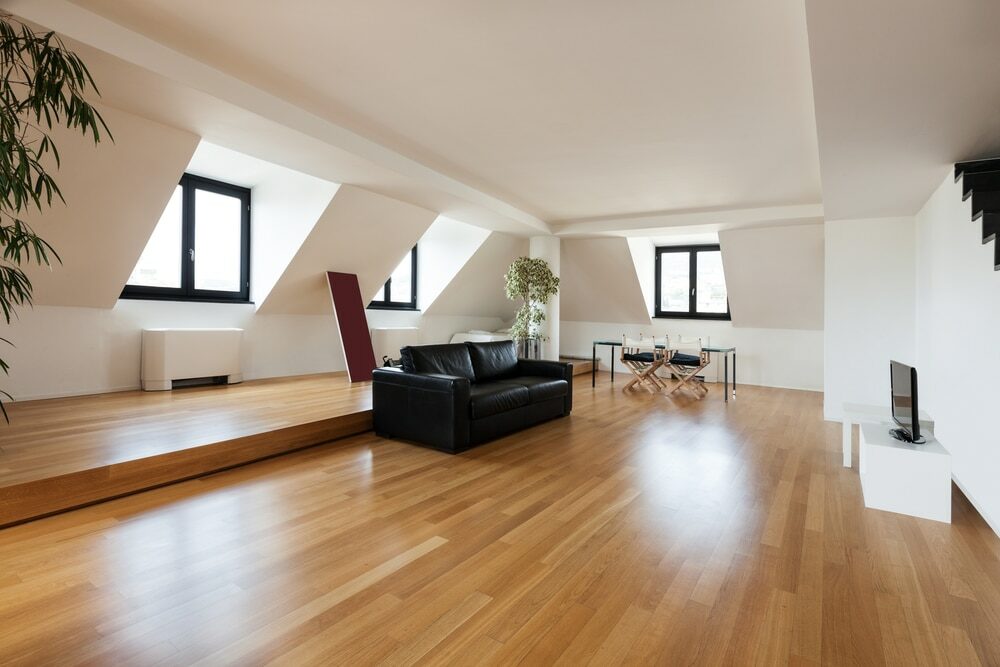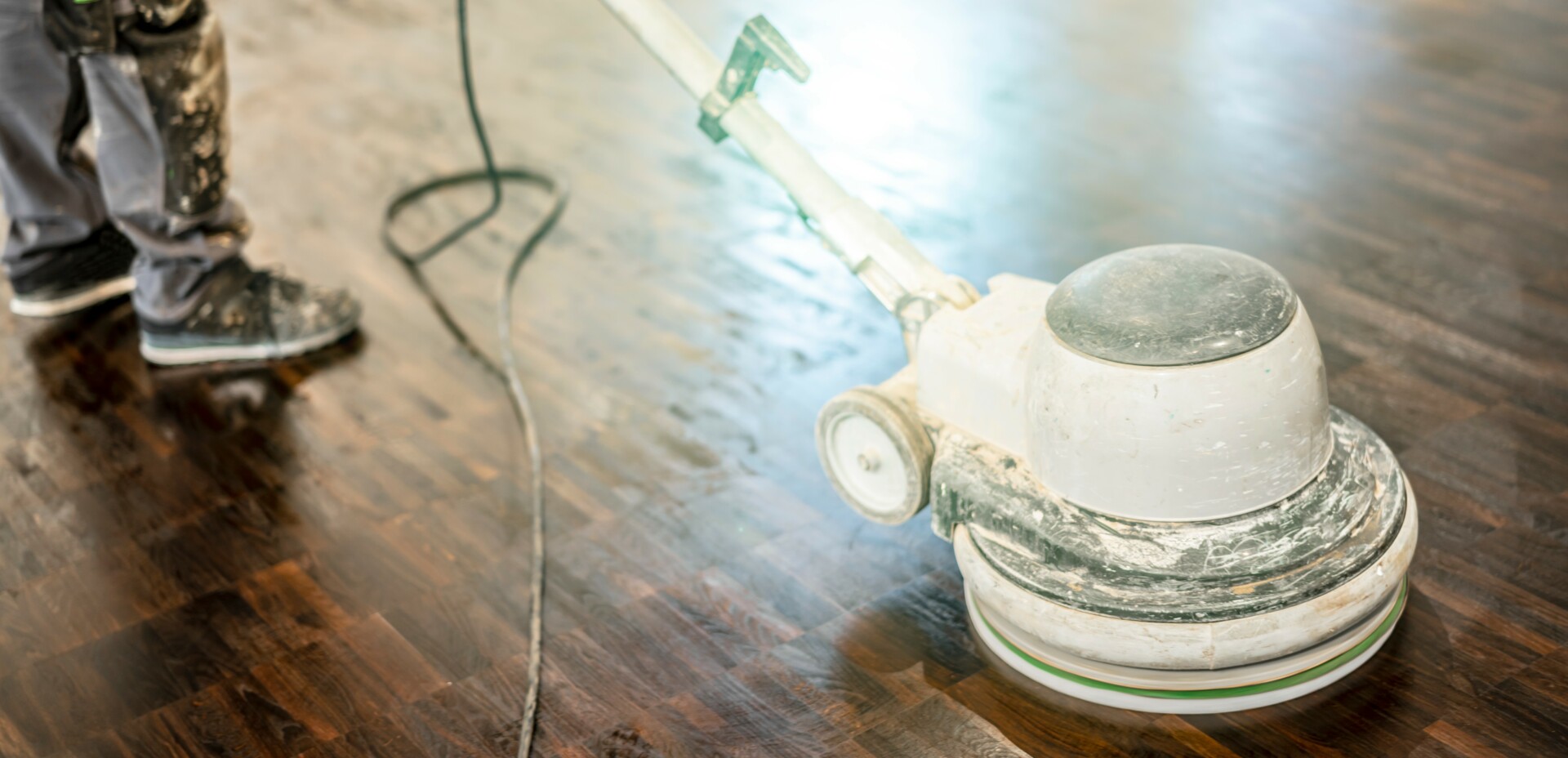London:
Nationwide:
Expert Parquet Floor Sanding: Differentiating Herringbone, Basket, Square, and 5-Finger Block Patterns
Posted on July 12, 2023
Floor Sanding Blogs
Mastering Parquet Floor Sanding: Understanding the Herringbone, Basket, Square, and 5-Finger Block Patterns
Parquet flooring, known for its stunning geometric patterns and natural beauty, can dramatically elevate the aesthetic appeal of any room. However, maintaining this charm requires special care, including sanding, a process that can differ significantly based on the parquet pattern. This comprehensive guide will explore the differences between the Herringbone, Basket, Square, and 5-Finger Block patterns when it comes to parquet floor sanding.
Understanding Parquet Floor Sanding
Parquet floor sanding involves removing the top layer of a parquet floor using abrasive materials to eradicate surface imperfections and prepare the wood for refinishing. It’s a delicate process, especially considering the intricate patterns of parquet flooring, which require a specific approach to sanding to avoid damage and ensure optimal results.
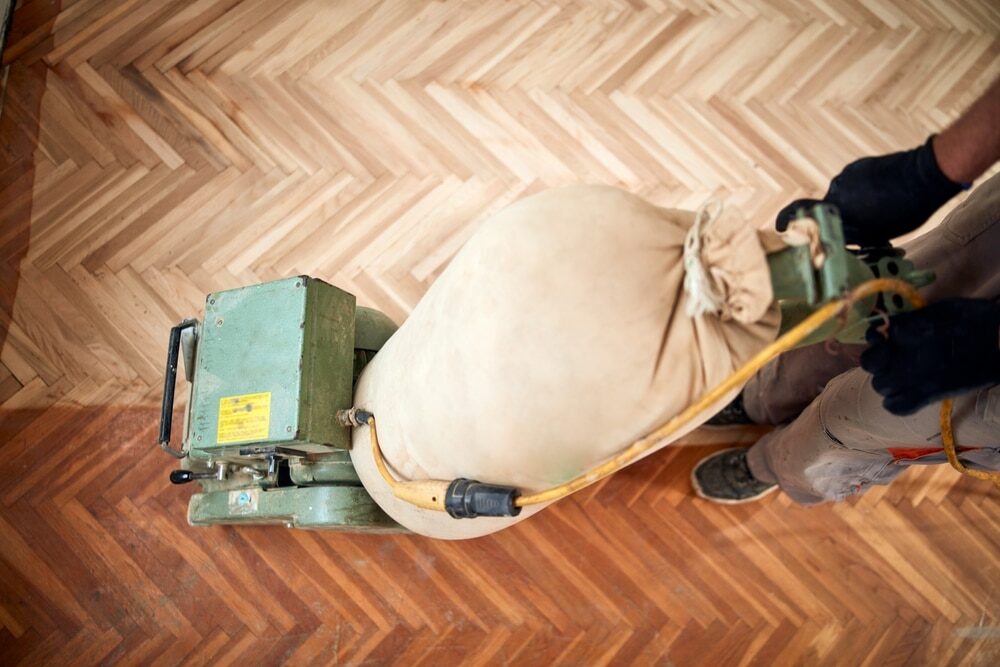
The Importance of Parquet Floor Sanding
- Restoring Beauty: Sanding can effectively eliminate scratches, dents, and discolorations that can compromise the aesthetic value of your parquet floors.
- Preparation for Refinishing: Sanding provides an ideal surface for a new finish, enhancing the adherence and durability of the new coat.
- Increasing Longevity: By removing the worn-out surface layer, sanding can contribute to the overall lifespan of your parquet floor.
Identifying Parquet Patterns: Herringbone, Basket, Square, and 5-Finger Block
To appreciate the intricacies of sanding various parquet patterns, we first need to identify and understand these unique designs.
Herringbone Pattern
The Herringbone pattern is one of the most traditional and popular parquet designs. The rectangular blocks are arranged in a zig-zag pattern, resembling the bones of a fish, hence the name “herringbone.”
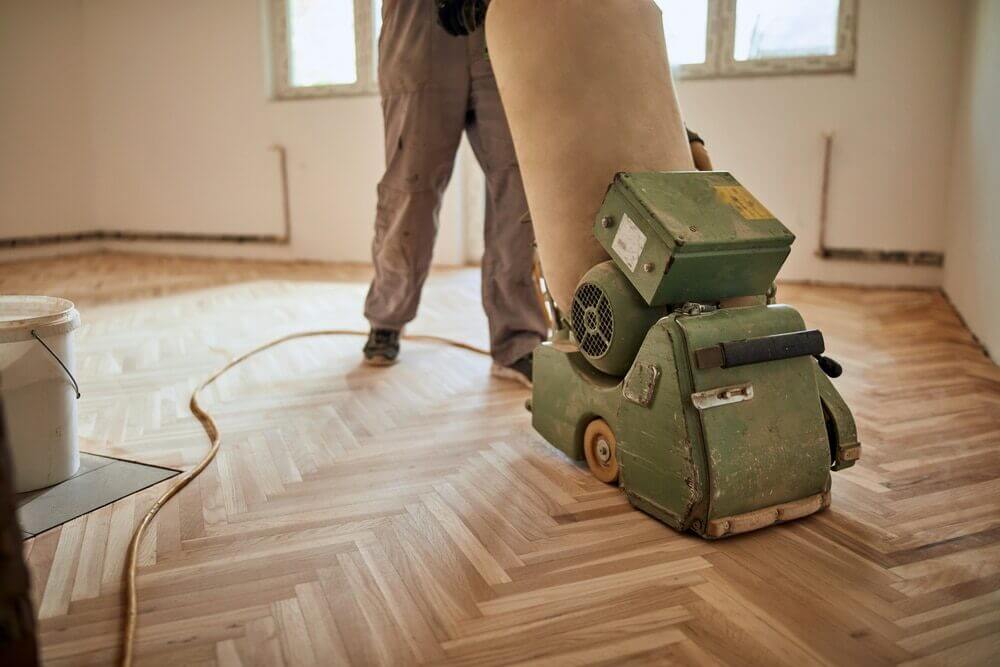
Basket Pattern
Also known as the Basket Weave pattern, this design involves small blocks of wood arranged in a manner that mimics a woven basket, creating a complex and detailed pattern.
Square Pattern
The Square pattern, or checkerboard pattern, is one of the simplest designs in parquet flooring. It involves square blocks of wood placed next to each other, creating a grid-like appearance.
5-Finger Block Pattern
The 5-Finger Block pattern, sometimes referred to as the mosaic pattern, involves arranging five rectangular pieces into a square unit. These units are then repeated across the floor, creating an intricate and visually appealing design.
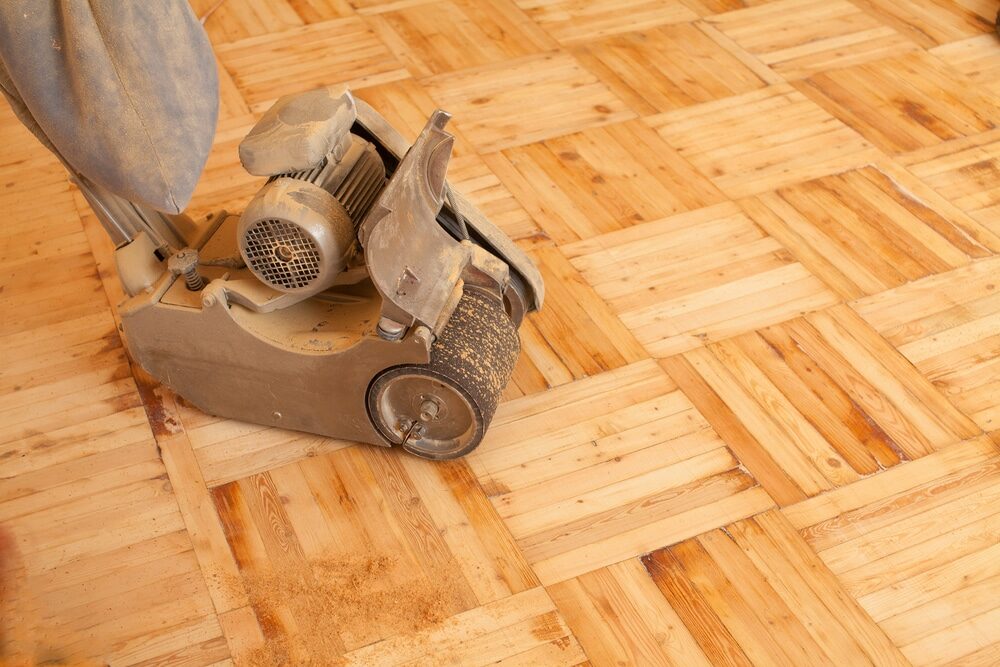
Parquet Floor Sanding: How Different Patterns Require Different Approaches
When sanding parquet flooring, the approach varies significantly based on the pattern. Each design has its own unique characteristics and complexities that need to be accounted for to prevent damage and ensure a smooth result.
Sanding Herringbone Pattern
Given the zig-zag nature of the Herringbone pattern, the sanding process can be challenging. It’s crucial to sand along the grain of the wood to prevent scratches, which means the direction of sanding will need to change frequently. Patience and precision are essential when working with a Herringbone pattern.
Sanding Basket Pattern
The complexity of the Basket pattern requires careful attention during the sanding process. Since the pattern involves blocks oriented in different directions, there is no one-size-fits-all sanding direction. Careful analysis of the grain direction and meticulous sanding are crucial.
Sanding Square Pattern
Square-pattern sanding is relatively straightforward due to its simple, grid-like design. However, since the pattern involves blocks placed side by side, it’s essential to sand each block individually along its grain to prevent damaging the wood.
Sanding 5-Finger Block Pattern
Sanding a 5-Finger Block pattern is similar to sanding a Herringbone or Basket pattern because it involves multiple pieces of wood arranged in different directions. Here, each block needs to be carefully sanded along its grain. This process can be time-consuming, given the number of blocks in this pattern.
In Conclusion: Mastering the Art of Parquet Floor Sanding
Parquet floor sanding is not a one-size-fits-all process. It requires a deep understanding of each pattern’s nuances and the ability to adapt one’s sanding technique accordingly. Whether it’s the zig-zag Herringbone, complex Basket, simple Square, or intricate 5-Finger Block, each pattern presents its own unique set of challenges.
By understanding these intricacies, you can ensure a smooth and successful sanding process, leading to beautiful, well-maintained parquet floors that continue to dazzle and delight. Remember, the key to successful parquet floor sanding lies in the details. It’s not just about restoring the wood; it’s about honouring and enhancing the artistic beauty embedded in each unique pattern.
Some Useful Links:
- Floor Sanding Services
- School Floor Sanding
- Wood Floor Restorations
- Wood Floor Repairs
- Wood Floor Polishing
More from our Blog:
Master Wood Floor Sanding with the Bona Dust Extraction System Embracing Exotic Hardwood Flooring Choices: Zebrawood Hardwood Flooring: Not Merely for Indoors Any Longer Discover the Surprising Benefits of Hardwood Floors Floating Flooring: What it is, its Benefits, and Installation Guide The Floor Sanding Company – Frequently Asked Questions Answered
Sanding
We provide virtually dust-free sanding with our continuous belt machinery with mobile extraction units, giving you a safer environment for your family.
Oiling
This organic finish not only adds beauty to your home but also has exceptional water-repellent characteristics, making it easier to clean and maintain.
Waxing
This natural floor finish offers the softest and most mellow appearance – and leaves your floor able to breath.
Buffing
Using soft buffing machines (and hand-polishing where required) will bring a wonderful sheen to your newly-finished floor.
Repairs
We offer a full assessment of your wooden floors to determine what repairs are needed to provide the perfect working surface for the later stages of sanding, staining and sealing.
Restoration
We offer a comprehensive restoration process designed to address floors that are improperly fitted or damaged over time through wear and tear.
Request a fixed price quote for your wood floor restoration now
Simply enter your postcode below to get started.
Services
Wood Floor Sanding Wood Floor Restoration Wood Floor Scratch Repair Squeaky Wood Floor Repair Parquet Floor Sanding Parquet Floor Restoration Commercial Floor Sanding Church Floor Sanding Community Centre Floor Sanding School Floor Sanding Gap Filling Gap Filling with ResinCopyright © Mr Sander®
Privacy & Cookies Terms & Conditions Complaints Procedure Cancellation Rights Sitemap